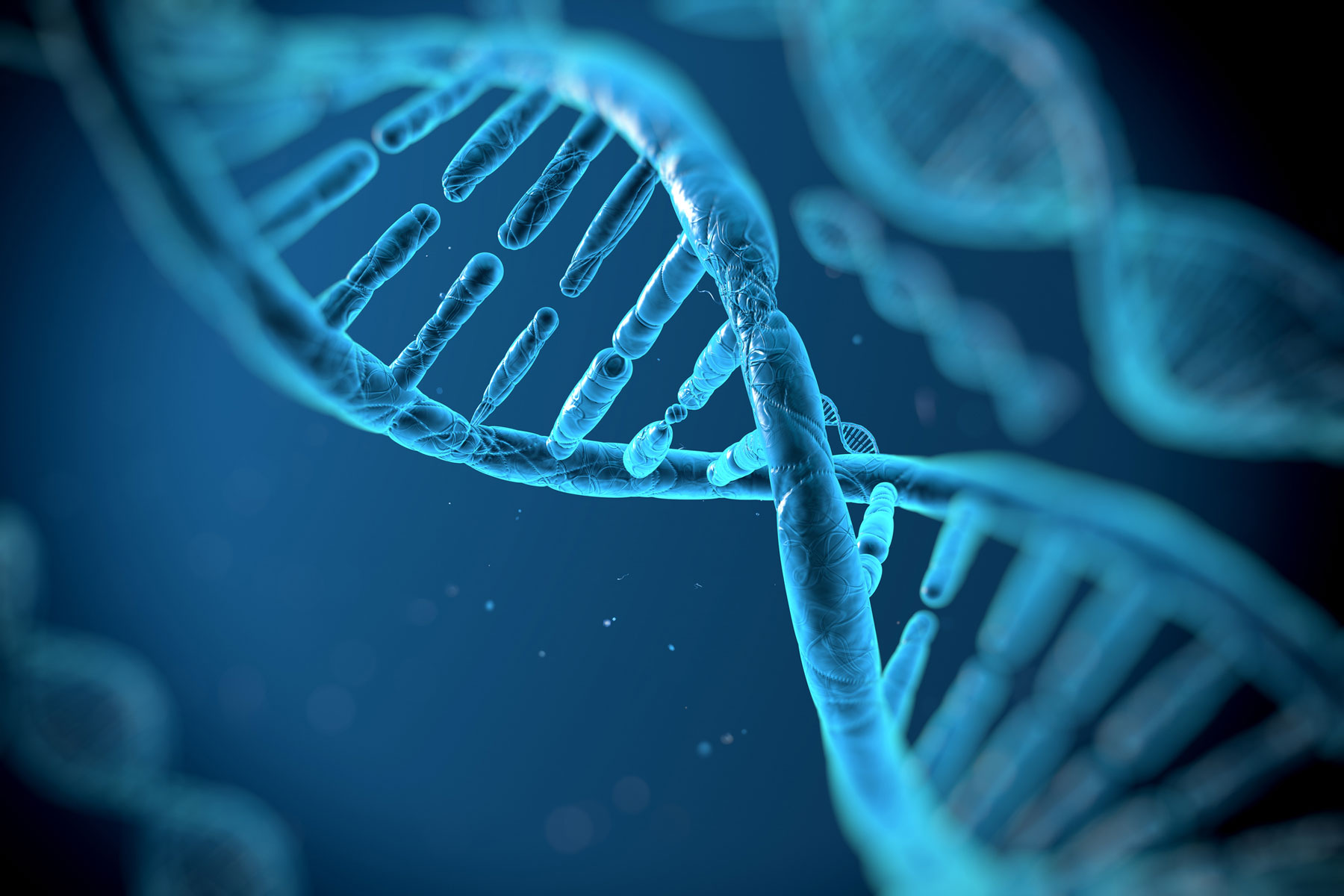As a class of compounds, camptothecins have demonstrated efficacy in multiple tumor types and are currently approved for use in colorectal, pancreatic, ovarian, and small cell lung cancer. Their use is often limited due to tolerability and side effects.
AR-67 is a third-generation, completely synthetic Camptothecin-based compound.
Molecules of the Camptothecin class originate from the bark and stem of a native Chinese deciduous tree, Camptotheca acuminata, and have a long-standing clinical history as chemotherapeutic agents in a number of different cancer indications.
However, current Camptothecin-based treatments have limitations relating to efficacy and tolerability.


Camptothecins exert their therapeutic effects via their inhibition of Topoisomerase I (Top I).
Topl is an enzyme that plays a critical role in cell division, DNA replication, and RNA transcription.
TopI relaxes the DNA by clipping, unwinding, and re-sealing it, thereby allowing the replication and transcription mechanism to move down the slackened DNA strand.
By binding to TopI, Camptothecin-based compounds ‘stall’ the mechanism at the site where TopI has made a clip, preventing further unwinding and re-sealing.
AR-67 is a silatecan-based, third-generation camptothecin. As a novel lipophilic small molecule compound, AR-67 offers the potential to advance the standard of care for patients and offer new tools to the medical community in a challenging treatment area through increased efficacy and tolerability for patients.

1. Novel silatecan displays high lipophilicity, improved blood stability and potent
anticancer activity. Bom D, et al J Med Chem 2000; 43:3970-3980
2. Silatecan DB-67 is a novel DNA Topo-1 targeted radiation sensitizer: Chen AY. Mol
Cancer Ther 2005; 4(2): 317-24.
3. Phase I study publication: Arnold SM, et al. Clin Cancer Res. 2010;6:673-680
4. Phase II study publication (abstract): Kumthekar P, et al. SNO 2019. Poster ACTR-40,
published in Neuro-Oncology(https://academic.oup.com/neuro-oncology)
5. Ubiquitin-dependent Destruction of Topoisomerase I Is
Stimulated by the Antitumor Drug Camptothecin*, Desai et al. The Journal of Biological Chemistry, Vol. 272, No. 39, Issue of September 26, pp. 24159–24164, 1997. https://www.jbc.org
6. Metabolic Pathways of the Camptothecin Analog AR-67, Horn et al. Drug Metabolism and Disposition, Vol. 39, No. 4, 37390/3672838, 2011. https://dmd.aspetjournals.org